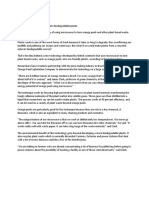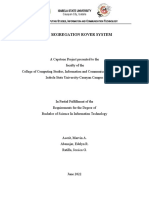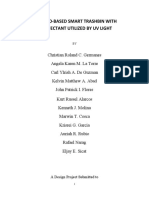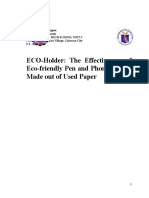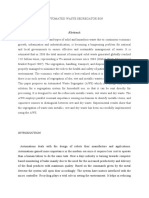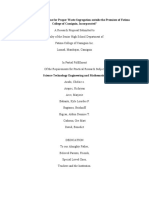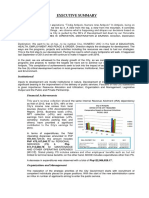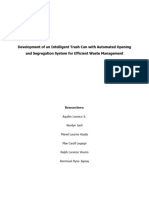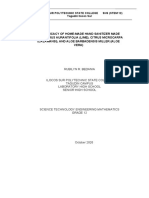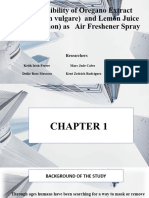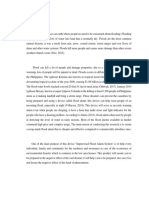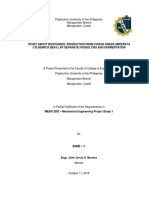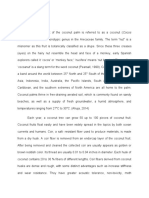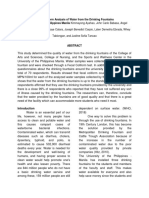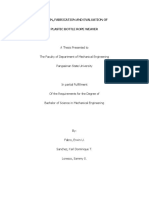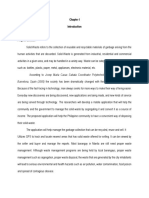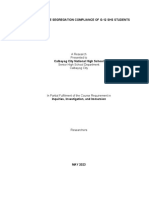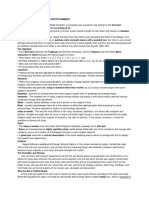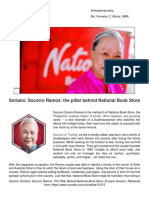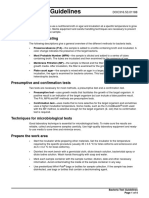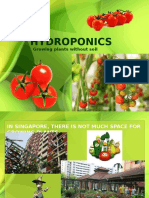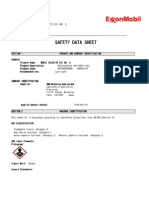100% found this document useful (1 vote)
555 views12 pagesRVM Reverse Vending Machine
Experimental Research of Reverse Vending Machine
Uploaded by
Ella AlvaradoCopyright
© © All Rights Reserved
We take content rights seriously. If you suspect this is your content, claim it here.
Available Formats
Download as DOCX, PDF, TXT or read online on Scribd
100% found this document useful (1 vote)
555 views12 pagesRVM Reverse Vending Machine
Experimental Research of Reverse Vending Machine
Uploaded by
Ella AlvaradoCopyright
© © All Rights Reserved
We take content rights seriously. If you suspect this is your content, claim it here.
Available Formats
Download as DOCX, PDF, TXT or read online on Scribd
/ 12


